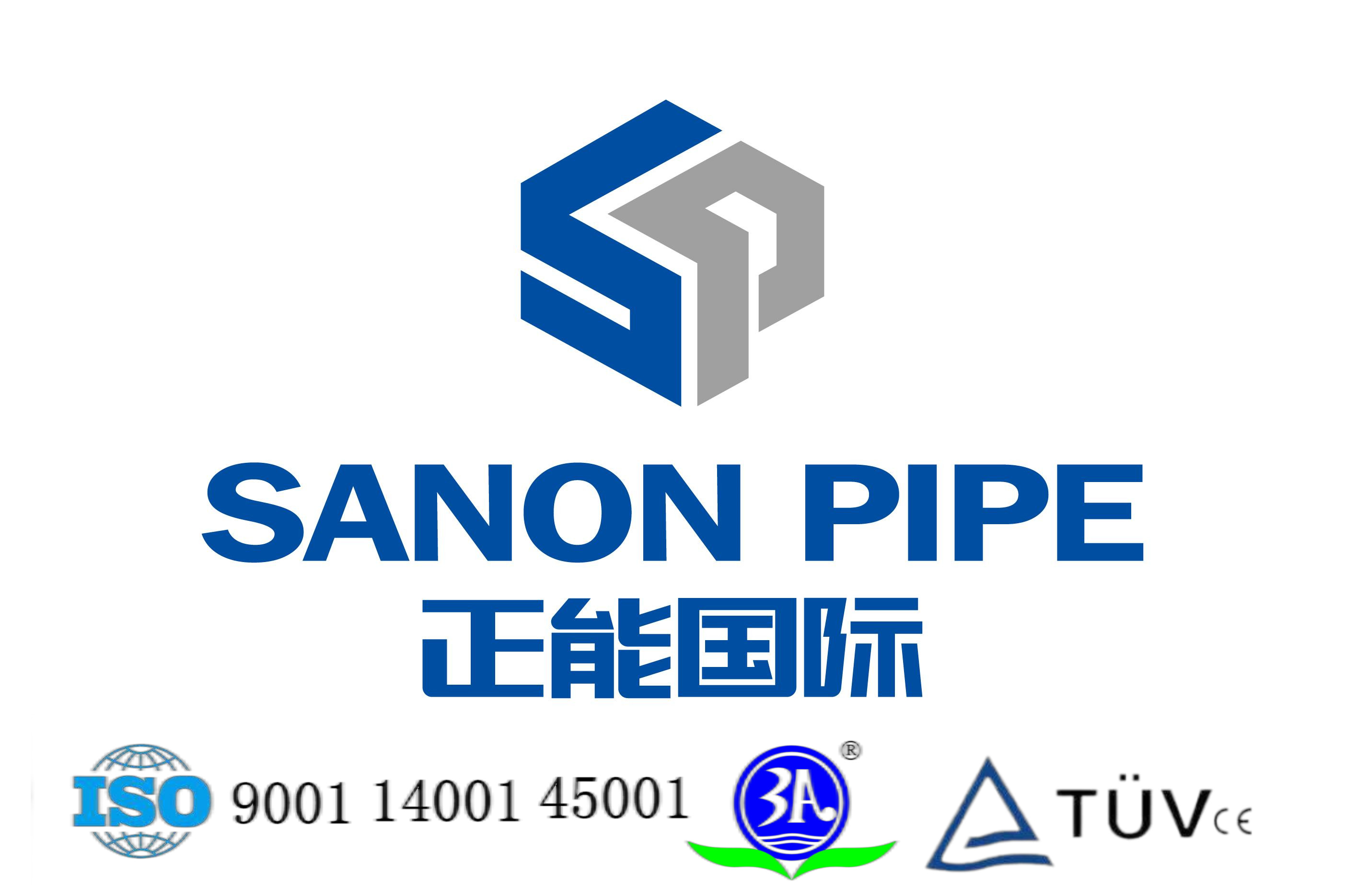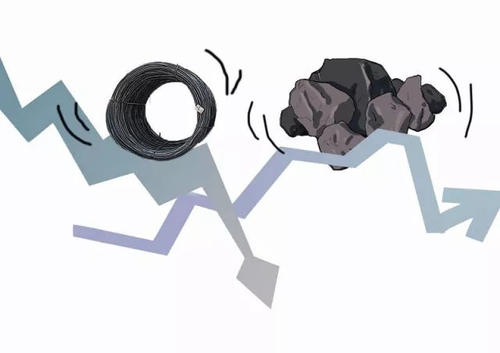Reported by Luke 2020-4-3
According to the China Steel News, the price of iron ore rose by 20% at the beginning of last year due to the impact of a Brazilian dyke break and an Australian hurricane. Pneumonia affected China and global iron ore demand have both declined this year, but iron ore prices have remained basically the same as last year. This shows that despite years of efforts, the pricing mechanism of iron ore still cannot reflect the relationship between supply and demand.
Since 1996, China has surpassed Japan to become the largest country in crude steel in the world. As China’s import demand for iron ore increases, the prices of iron ore dominated by the four major mines have skyrocketed. However, after the continuous efforts of the China Iron and Steel Association and major steel mills, the long-term agreement price mechanism was broken. Gradually take the initiative to bargain for iron ore.
Long association annual pricing mechanism: According to the convention, the world’s major iron ore suppliers negotiate with their main customers each year to determine the price of iron ore for the next financial year. Once the price is determined, the two parties will implement it within one year in accordance with the negotiated price. After the price of any one of the iron ore demanders and any of the iron ore suppliers reaches an agreement, the negotiations are concluded, and the international iron ore supply and demand parties accept this price.
Dissolution of the long-term negotiation pricing mechanism: With the booming steel industry in China and other developing countries, the global supply and demand pattern of iron ore has changed drastically, mainly reflected in the short-term development of the pricing system of major mines. Formal disintegration. Many international institutions have launched iron ore price indexes, of which the Platts index has been adopted by the three major mines and has become the basis of the iron ore quarterly index pricing system.
Post time: Apr-03-2020







